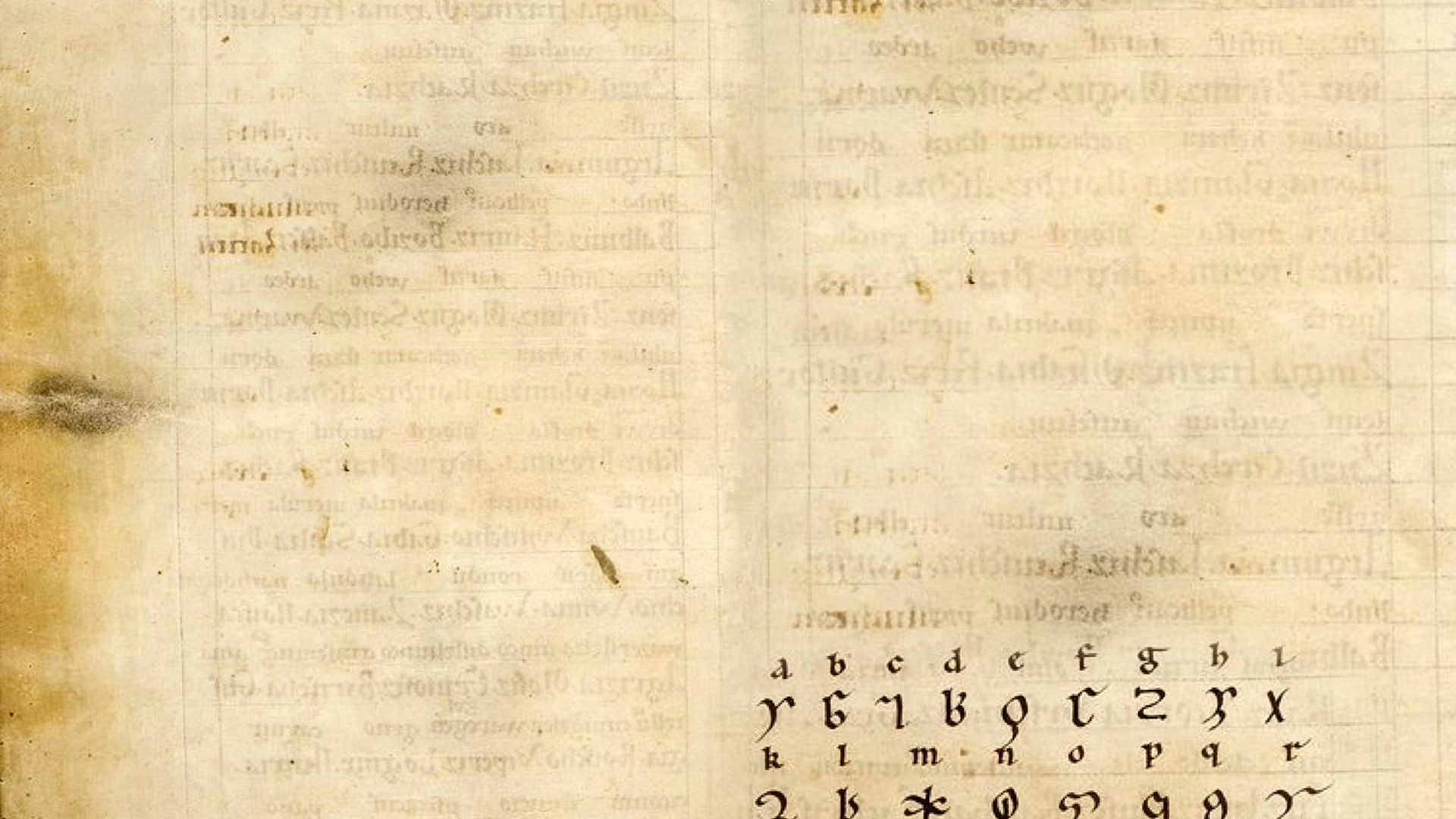 A is always for apple. B is for a lot of stuff. Ball, bear, boat, banana, so many B things. Very early we learn from the one to the infinite is but a step.
A is always for apple. B is for a lot of stuff. Ball, bear, boat, banana, so many B things. Very early we learn from the one to the infinite is but a step.
The Old English Rune Poem is an alphabet book. It looks like an alphabet book, but like a modern alphabet book there’s infinitely more to it, if you look close. Every stanza of the poem describes a letter, a rune. In Old English the word rune means secret. The secret is these letters weren’t just for writing. In secret, when nobody was looking, people could carve the runes into bits of wood and cast lots with them. Find out their fates. Answer a few questions. Solve some problems. They could do this because each stanza of the Rune Poem, gives a little bit of wisdom, a little picture of life, sometimes a warning. Always in the form of a riddle. The Rune Poem is a collection of riddles that could divine the future.
This poem has another secret hidden in its folds that fascinates me. There’s a riddle in this collection of alphabet riddles, deep in its structure. Take the letters, cut them apart from each other, carve them into bits of wood if that helps you, and line them up in a row. Now fold your line in half so number 1 is next to 29, 2 next to 28, etc. Make the pairs and read them together. They match each other. They sing duets about light, renewal, a song of home and exile. A song of the water cycle. A beautiful weapon is one thing but a thorn can really hurt you. Some things are dependable. Everything is temporary. The runes sing these things to themselves in the mirror, duet by duet, until you get to the clue, the key to the secret, number 15 in the middle — Helix, standing alone all twisted, singing we should twine this poem aound itself and look at it again.


